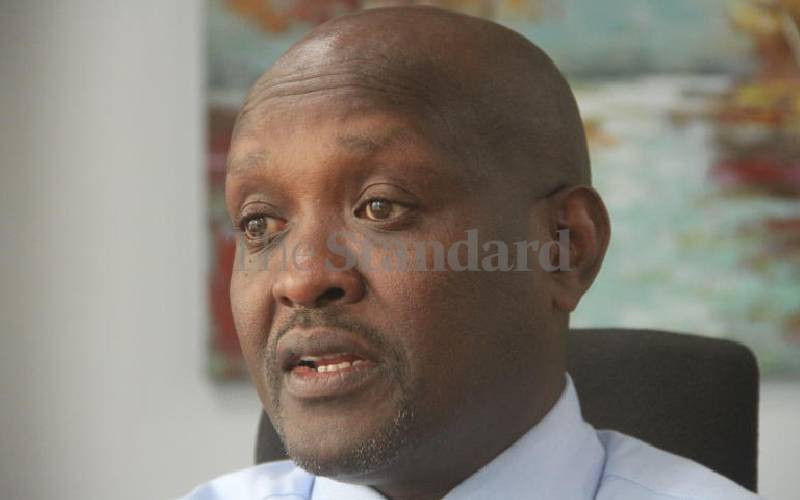×
The Standard e-Paper
Kenya’s Boldest Voice

Chief Executive Officer (CEO) of the Universities Fund Geoffrey Monari has blamed false information, laxity and poor network infrastructure to woes that led to wrong banding of university students.
He said the re-categorisation process will continue to rely heavily on the accuracy of the information provided by applicants' on their socio-economic background.